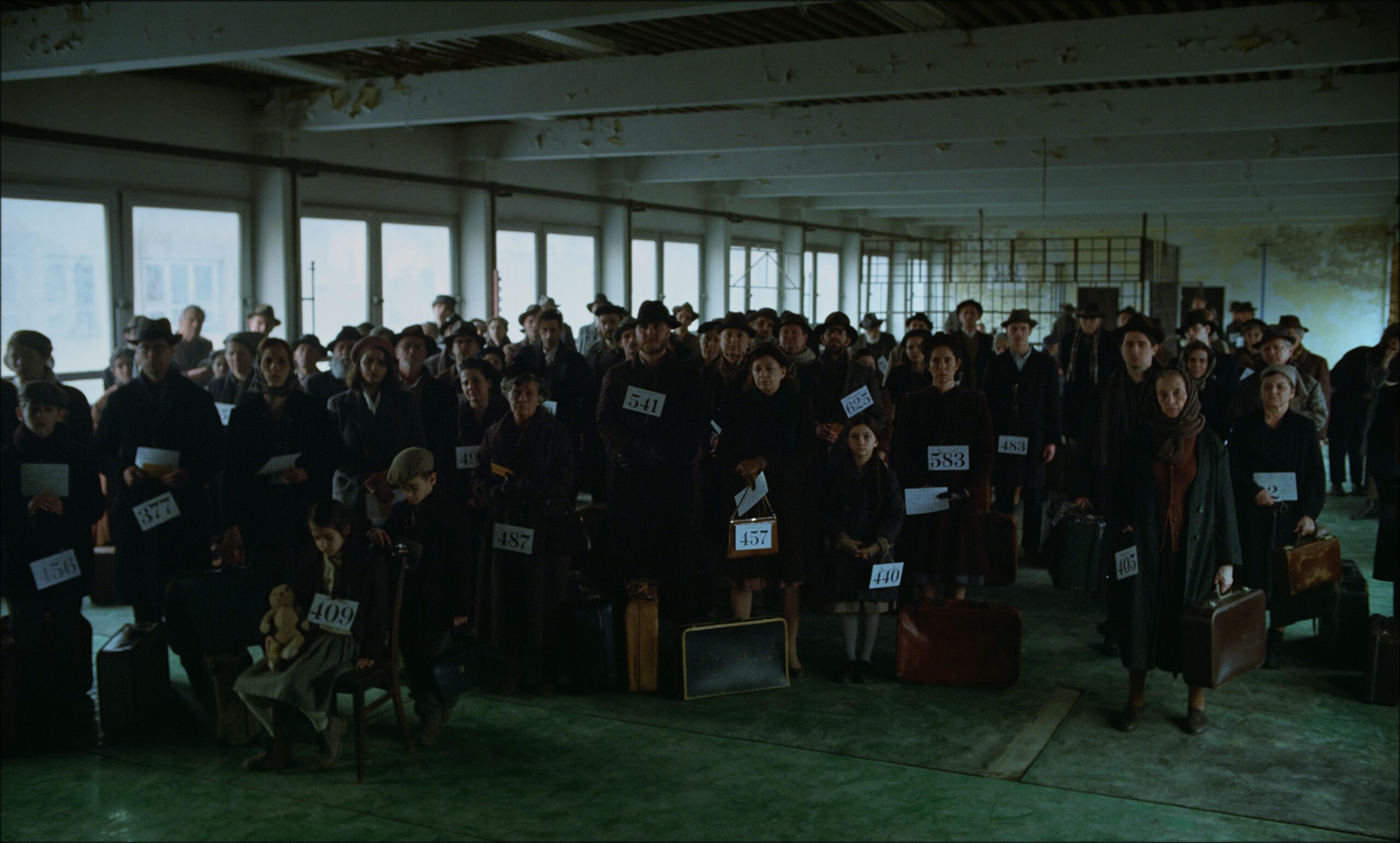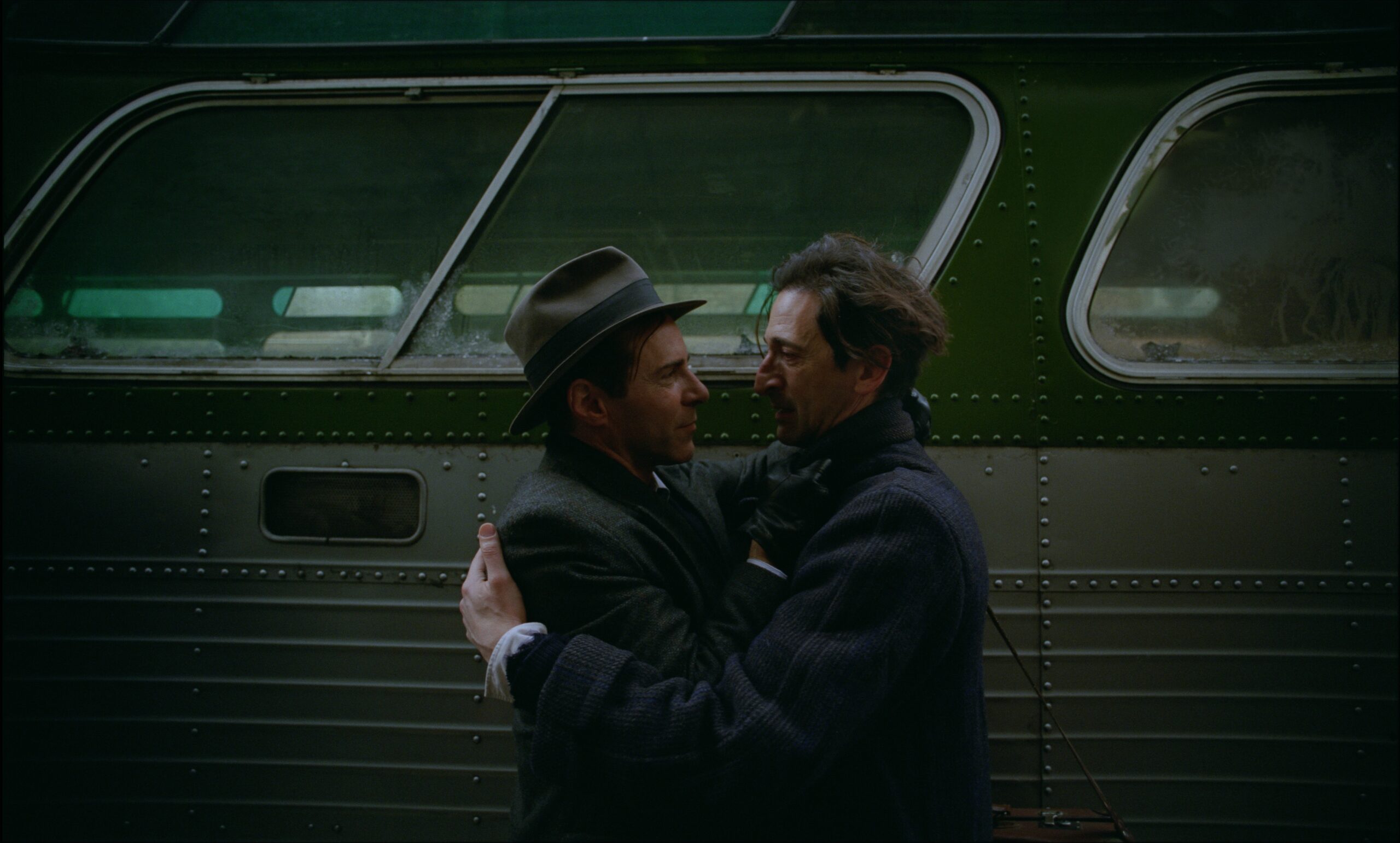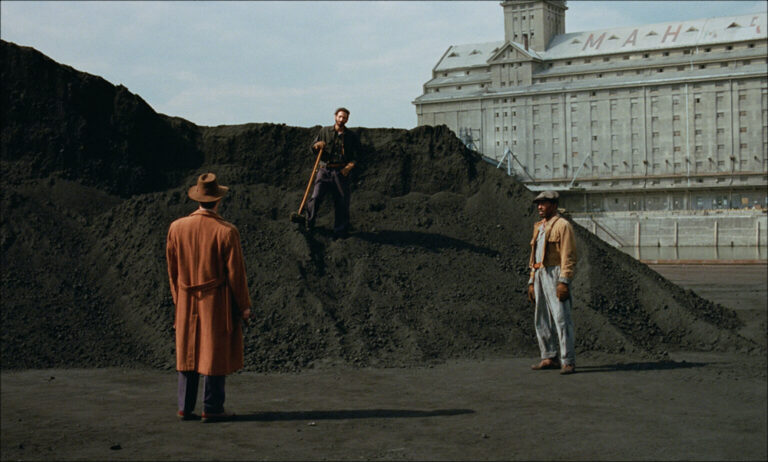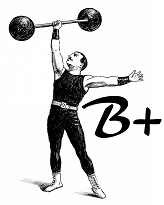The epic is a towering cinematic piece rarely executed or appropriately financed today. We must also note that today’s audiences don’t want to watch long films. But in the past, there was a boatload of them. A good chunk had a significant impact on the cinematic landscape. Today, films like “Lawrence of Arabia,” “Doctor Zhivago,” and “The Ten Commandments” wouldn’t be the successes they were, both commercially and cinematically. It is a lost art that a few filmmakers have the opportunity to create. Trust is given to most due to their box-office contributions to other productions, such as Christopher Nolan with “Oppenheimer.” That is one of the few projects close to the classic epic tag.
Brady Corbet Creates an Epic That Has Potential to be Monumental
It is like a resurrection of the large-scale, sweeping spectacle happening slowly but surely. Of course, not to the degree of the 50s and 60s. Yet filmmakers are getting more inspired to create these projects decades after Hollywood gave up on them due to Cleopatra’s commercial bomb. That film had some good shifts, as there was room for more personal projects. Yet, for the most part, those huge pictures were gone. Brady Corbet emulates the essence of these epics in “The Brutalist” (playing in the Main Slate at the New York Film Festival).
Each cinematic movement contains a swift breath of tangibility that travels from the screen to your senses, immersing the viewer in the vast scope of the filmmaker’s tale. Lavishly constructed and imposing thoroughly, “The Brutalist” has Corbet tapping into the classical myth-making that epics did back then with a narrative so rich and handled with heft. One could only wish films like this would make their way more constantly. But then again, they would lose their stature and significance. Corbet’s feature has the potential to be monumental, albeit not in the same position as that of generation-changing cinematic movements. “The Brutalist” is another historical exploration of an important fictional figure that ties in with his two previous features.
What separates these “biopics” is the time they are set and the eminence and distinction that the subjects have upon themselves and the public that receives them. Told through the consuming traumas these characters are trying to cope with (and eventually leave behind), Corbet dives deep into their psyche through emotionally complex scenarios and challenging societal commentary that sparks plenty of intrigue and raises many questions about today. The story of a fated fascist figure in “Childhood of a Leader.” The life of a pop star told through 21st-century trauma centered around mass shootings and terrorist attacks in “Vox Lux.” Now, the chronicle of a visionary Bauhaus-trained architect is captured by his most significant achievements and most painful tragedies in “The Brutalist.”
The ‘American Dream’ and its False Promises
The wings and the anchor, liberation and subjugation, the “American Dream” and its false promises. The architect is Laszlow Toth (a magnificent Adrien Brody). He is a Hungarian Jew and a Holocaust survivor who arrives in the U.S. to move in with his cousin in Pennsylvania. He has changed his name and religion to escape the horrors of the past. The first time we see Toth is through a towering sequence that shows the first signs that this is indeed an epic reminiscent of those made in the 60s. Toth emerges from the belly of the ship that brings him from Europe to America. Many Hungarian men rush to the top to see the symbol of their new opportunities, the Statue of Liberty.

Daniel Blumberg’s thunderous score accompanies this image that represents their new world. This is the land of newly found fortunes. The narrowed space of the ship covered in shadows opens up to the bright sky. The 70mm frame, handled by cinematographer Lol Crawley, captures the brio of Corbet’s vision and the beauty of the scenery. In minutes, he has contained the rapturous feeling an epic should have. You sense its power from the get-go; from a mere introduction, you perceive the heft awaiting. Toth starts working in a local furniture shop and feels his artistic views are unappreciated. Afterward, he forges an unlikely bond with a wealthy entrepreneur and individualist, Harrison Lee Van Buren (Guy Pierce).
This relationship functions via hope and prosperous opportunities, which Toth can’t reject, as it might pave the way for a better life for him, his wife Erzsebet (Felicity Jones), and niece Zsofia (Raffey Cassidy). Van Buren offers something that many people can’t refuse at the time. Seeing his vision, he asks Toth to build a modernized sanctuary for the city. After much insistence, the architect accepts the job. But soon lies envy, xenophobia, and self-conceit. These tether each other to cause ripples in Toth and his family’s life. This world is undergoing new change. Its structure is not fragile, yet there is room for fixes, those wanted and unwanted by its inhabitants.
Nihilism and Obsession Intertwine Right Before Your Eyes
The hard-working folks’ blood, sweat, and tears stain the steel supporting each structure, even if it takes thirty years. These stains are metaphor irremovable. However, these framings can hatch amidst a cruel society and a polluted mind binging on excess. This is why Van Buren, alongside family twins, Harry (Joe Alwyn) and Maggie (Stacy Martin), has an imperceptive way of life that diminishes those around him who do not want to indulge him in praise or insight. The details behind the creator’s artistic and mental state, in a world that is entirely foreign to him, contrast with the ideals of the man behind–controlling, deceiving, and tormenting a genius to his utmost capabilities.
Nihilism and obsession intertwine right before your eyes. Toth’s legacy gets a spotlight, and the backhand tarnishes it. Self-loathing kills the spirit. But unleashes a new creative side that the artist may not accept due to the erasure of identity. Corbet provides enough time to delve into the headspace (and the affected surroundings) of the artist and the person who is or is trying to hold his strings. This shifts the film into a more novelistic territory with its framing and attention to detail. There’s a parable of how immigrants like Toth reshape the land of opportunities. Still, concurrently, it changes them, doing both positive and negative damage to those parts of this reconstruction after the war.
Brody takes inspiration from (and reflects on) his mother’s experience in the U.S. right after she fled Hungary in the 1950s during the anti-Soviet revolution. It covers “The Brutalist” with a sense of timelessness and poignancy. It offers something that can be applied to current and forthcoming generations, even if the film is set in a distant yet tangible past that still consumes our daily lives. This is a story about an immigrant man tormented by war and death. Upon traveling to another country hoping for something more fruitful, he enters an existential state that blurs his notion of the supposed “American Dream”. Divided into two chapters, continued within an overture, epilogue, and a fifteen-minute intermission, “The Brutalist” places the viewer into an architect’s controlled playground, where artistry is permitted yet not audibly explored.

Towering and Demanding as Epics Should Be
This contrasts the filmmaking by Corbet and the rest of the crew, who mount a grand scale project using the Vista Vision camera that scorches the canvas with a beautiful marking of cinematic prowess. The last time this format was used was in 1961. It was for Marlon Brando’s “debut film” (in quotes because Stanley Kubrick prepped everything before he was fired), “One Eyed Jacks.” Using a horizontal film strip instead of the regular vertical lining allowed more space for the images. And Corbet fills it with some astonishing frames that Lol Crowly captures with his keen eye. He has a penchant for creating images that contain thousands of meanings if you separate and place them individually. With this new work, it is no exception.
The frames themselves speak louder than words could ever do. Although the collaborative screenplay of Corbet and Mona Fastvold has its elegance and deftness, The immersive sets and costumes sink you into this past yet perceptive world. But the actors provide this film with an ardor so potent that every flicker of the sprocket is blessed. There is no telling the impact of “The Brutalist” in the years to pass. Filmmakers might tether themselves to the past to create an incline in the future of cinema. Whatever happens, Brady Corbet’s epic should provide a spark in those embarking upon this journey. Towering and demanding these projects should be, yet determined through such a confident vision of exploring America’s imposition on immigrants.
“The Brutalist” screened in the Main Slate of this year’s New York Film Festival. The film will have a limited U.S. theatrical release on December 20th, 2024.



